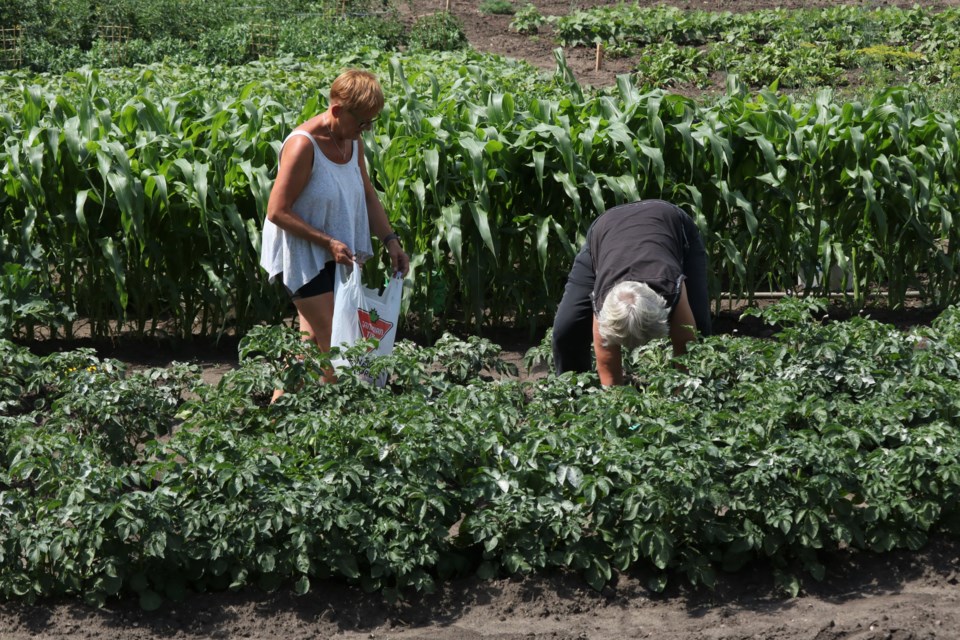YORKTON - Winter days make us long for comfort food; and one of the nicest is squash! Squash, you say? Yes, it’s a comforting food to cook when you want the oven on for a while, and delicious aromas wafting through the kitchen.
Gardeners, doesn’t it seem like a long time since we planted squash in our gardens? Well, it’s sort of the mid-point of when we will be planting it again!
Let’s think ahead to this spring. Squash seeds can be planted once the danger of frost is past. By then, the soil has warmed up and the seeds will get a good start. Squash like a sunny location, and they like their space. We should allow about three feet between rows or hills.
We can plant four or five seeds in a “hill”; many gardeners recommend thinning out one or two seedlings once they get started, the thinking that it is ‘survival of the fittest”. Mom always used to leave all of the seedlings. Murphy’s law sometimes applies to gardening: we might pluck out two out of five seedlings, thinking that three is a good amount for our squash hill, and then a cutworm or some other misfortune of nature can happen, and then we are left with less than we wanted. It’s your call, but if you have the space, you can leave the extra seedlings.
What kind of squash do you like the best? Mom always planted many kinds, with her favourites being zucchini, spaghetti squash, and butternut. She liked the heartiness of the spaghetti and butternut, although some varieties are so cute that they are fun to grow, varieties like pattypan. Most squash need between 85 and 100 days for maturity, so that is always a factor to keep in mind at planting time.
And in case you were wondering, some squash can grow in containers, for gardeners who have very limited space. Obviously, we’d have to choose a larger container, at least 24 inches across, and use a light soil that drains well. But there are squash varieties that are suited to containers; look for varieties that are “bush---“. That indicates that they are more compact than sprawling.
We can look through the seed catalogues and start compiling a list for this spring. But for now, let’s make a trip to the produce aisle in the grocery store.
There are always several kinds of squash to choose from, and we can easily try a new kind. Cooking them is much the same process no matter what the variety. A dear friend gave us a kabocha squash, which was beautiful to look at and very tasty.
But picture it: a very cold winter day, and maybe we are all feeling the sluggishness of too much Christmas baking and too many chocolates. A meal of baked squash can truly be almost a meal in itself. Wash the squash and cut it lengthwise. Place it in a parchment or foil-lined baking dish, and dot it with butter and a good dusting of pepper. (You can use paprika if you want a more exotic taste!) Then pour in about half a cup of water into the bottom of the baking pan: this will help the squash steam nicely. Cover with foil and bake in a moderate oven for about an hour or till the squash is fork-tender.
You can make a hearty but meat-less meal from this; just add a salad and some nice crusty bread and it’s just delicious! You’ll find that you’ll be adding squash to your grocery list for the rest of the winter. And then you’ll be checking the seed catalogues to see what kind you’d like to grow this year! See what’s new with the hort society at www.yorktonhort.ca Thank you to our friends at YTW for their great work. Have a lovely week!






